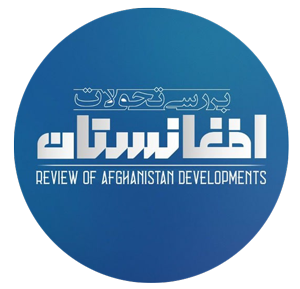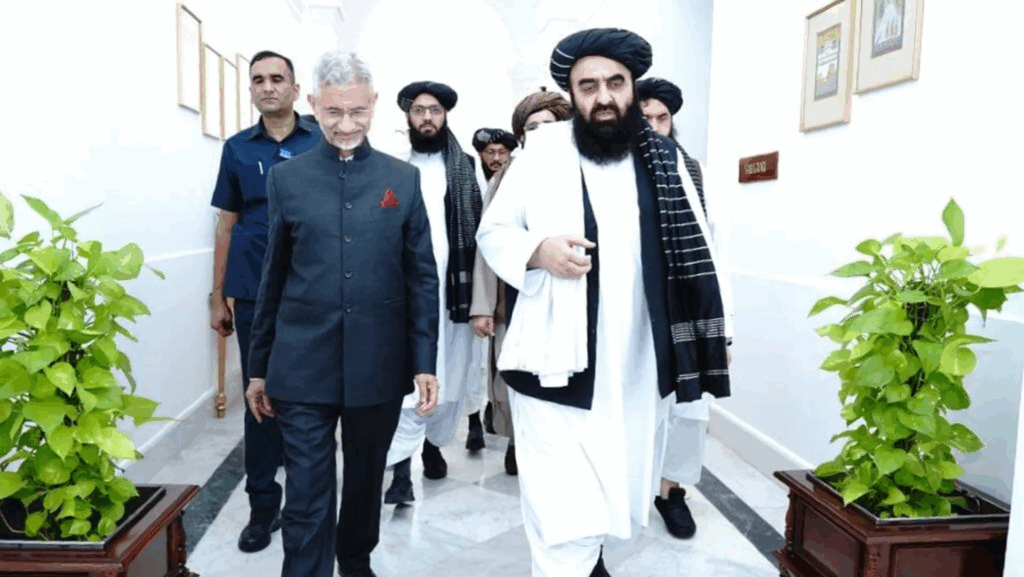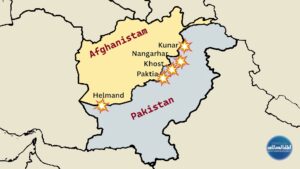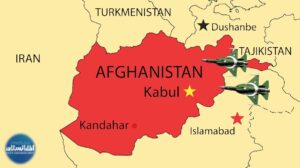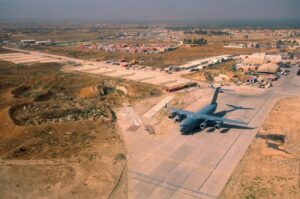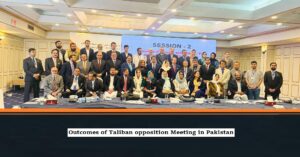Review of Afghanistan developments
For the first time, Pakistani drones and fighter jets were seen over Kabul during the visit of Taliban Foreign Minister Amir Khan Muttaqi to India, causing the city to tremble with missile activity. The airstrike from Pakistan seemingly targeted a vehicle transporting Noor Wali Mehsud, the leader of the Pakistani Taliban (TTP), although the strike did not occur. While targeting the TTP leader is significant, the incident in the Afghan capital reinforces the notion that Pakistan is issuing warning signals to the Taliban government.
This hypothesis suggests that there exists a direct link between Amir Khan Muttaqi’s visit, the Foreign Minister of the Taliban government, to India and the Pakistani airstrike on Kabul. India has consistently played a significant role in the tensions and conflicts between Afghanistan and Pakistan. A thorough analysis of the relations between Afghanistan and India, as well as those between Afghanistan and Pakistan, indicates that whenever Afghanistan has sought to foster closer ties with India, it has encountered a strong and resolute response from Pakistan.
A historical look at the role of the Indian factor in Afghanistan-Pakistan relations
The signing of the Treaty of Amity and Friendship between India and Afghanistan in 1950 marked the commencement of this issue. Since that time, the influence of the bond between India and Afghanistan has been evident throughout the historical narrative of relations and conflicts involving Afghanistan and Pakistan. Pakistan has consistently opposed any Afghan administration that seeks to foster peaceful relations with India. It was irrelevant whether this administration was aligned with Moscow or America, or if it consisted of students from Pakistani religious institutions.
The reason behind Pakistan’s apprehension regarding the friendship or closeness between India and Afghanistan lies in its geographical position, situated between these two nations. Should these countries decide to form an alliance, the most significant calamity that could befall Pakistan would be its disintegration. Although it is acknowledged that the notion of dismantling Pakistan through nuclear-level military force is exceedingly challenging and improbable, one of India’s long-term strategies to eliminate Pakistan—an impediment to Delhi’s aspirations of becoming a trans-regional power—entails the disintegration of that nation. To realize this strategy concerning Pakistan, India requires the collaboration of Afghanistan, which is positioned on the opposite side of Pakistan’s geography.
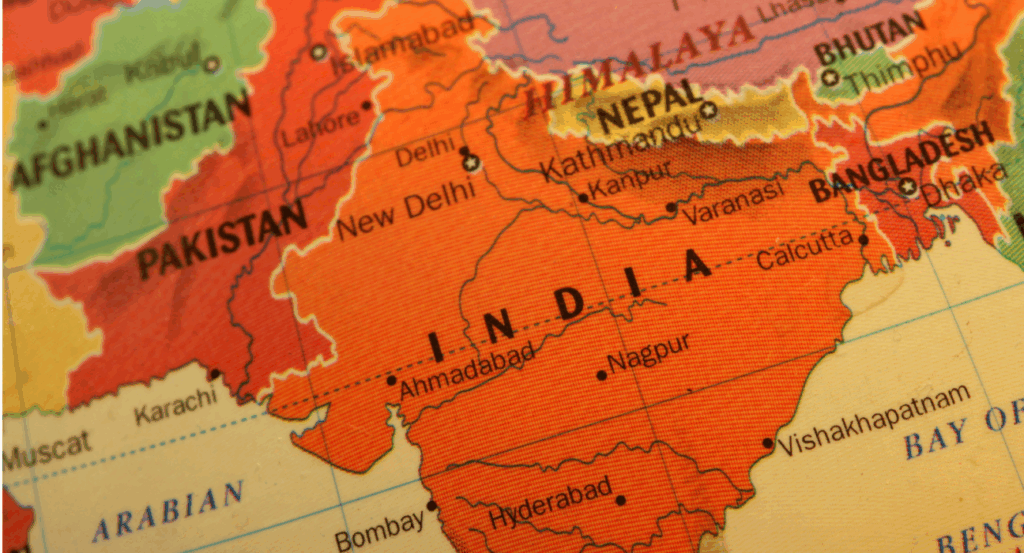
The bond and intimacy shared by India and Afghanistan, along with the political and military cooperation between the two countries, will facilitate India’s strategy towards Pakistan, which aims to fragment the country. Consequently, this approach will allow Afghanistan to reclaim its territories that lie beyond the Durand Line. While this plan may be seen as idealistic and unrealistic, it represents a strategic viewpoint from India’s standpoint. Therefore, Pakistan harbors concerns regarding any strengthening of ties between India and Afghanistan.
Naturally, Pakistan prioritizes its foreign policy to prevent the two conflicting countries, India and Afghanistan, from forming a closer relationship. Objective evidence indicates that Pakistan, utilizing all its resources and capabilities, has endeavored to sever connections and a rapprochement between Afghanistan and India, irrespective of any other concerns and by transgressing any established boundaries.
Considering this fact, it is possible to examine the deteriorating relations between the Taliban government and Pakistan, which ultimately resulted in the Pakistani airstrike on Kabul. Evidence indicates that the Taliban government has been attempting to forge closer ties with India over the past four years, and each action taken in this regard has provoked a response from Pakistan, the most significant of which was the airstrike on Kabul while the Taliban government’s foreign minister was in Delhi.
The primary assessment from Pakistan is that a key objective of Muttaqi’s visit to Delhi is to enhance bilateral relations, aiming to exert pressure on Pakistan via proxy groups. Consequently, one interpretation of the Pakistani airstrike on Kabul is that Islamabad is prepared to undertake any necessary measures should the Taliban seek to forge closer ties with India and, in collaboration with that nation through proxy groups, pose a threat to Pakistan.
Accordingly, it is highly probable that Pakistan will extend its military operations into Afghanistan following this development. Under the pretext of targeting TTP bases and Baloch separatists, Pakistan is expected to intermittently disturb the Taliban government’s stability and strategies through airstrikes and artillery fire. The subsequent action by Pakistan will likely involve bolstering and arming ISIS Khorasan to execute assaults within Afghanistan. The movement of ISIS Khorasan from Afghanistan to the Baluchistan province indicates that preliminary measures have already been initiated in this regard.
More Articles
Taliban military operations against Pakistan in 2025
Pakistan’s airstrike on Kabul: A strategic mistake
For Pakistan, the response of the Taliban government, including the assault on border posts, will not be regarded as a retaliatory action. Pakistan’s primary concern lies in the escalation of assaults by the TTP and Baluch separatists, which Islamabad is undoubtedly anticipating in light of the growing tensions.
It appears that Pakistan, in its efforts to dismantle the republican system and assist the Taliban in gaining power, has ultimately not succeeded in fulfilling its objectives. Will Pakistan engage in the long-standing strategy of replacing the Taliban government with another faction in order to address its apprehensions regarding India? It seems improbable that this aim will be realized under any circumstances.
